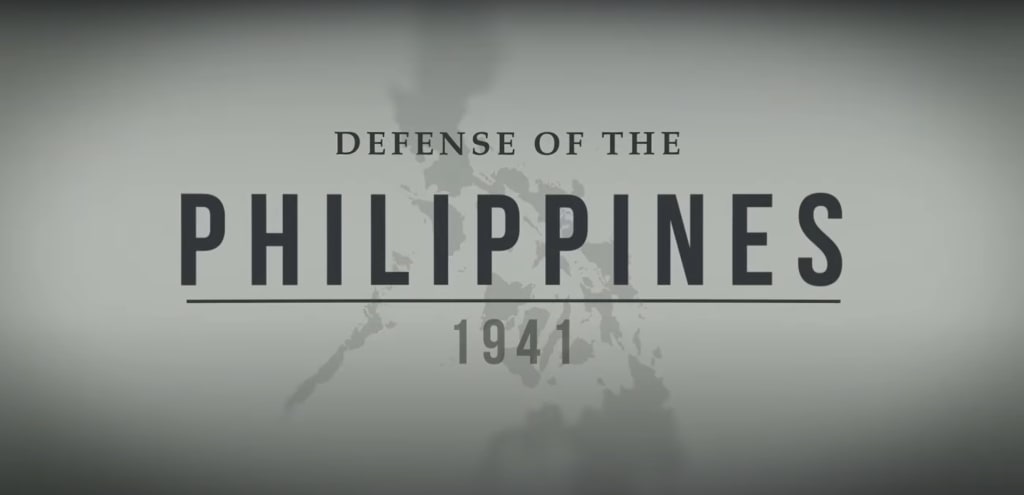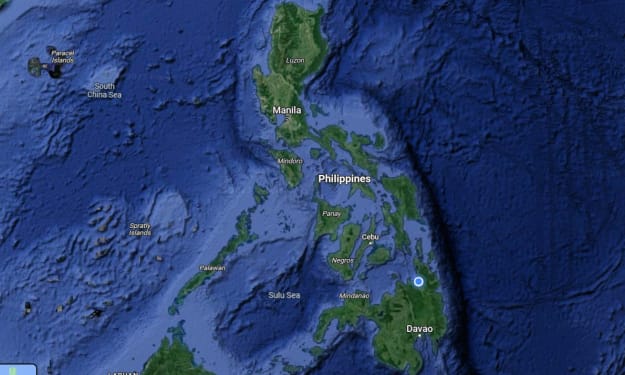The Defense of the Philippines, 1941
The defensive measures taken by the Philippine military.

The defense of the Philippines was a pivotal event in World War II.
The defense of the Philippines was a joint effort by the U.S. and Filipino forces, led by General Douglas MacArthur, to resist the invasion of the Imperial Japanese Army, which began on December 8, 1941, the same day as the attack on Pearl Harbor.
The Japanese had a plan to seize the Philippines and use its strategic harbors as intermediate staging bases for further aggression in the South Pacific. They also wanted to cut off the supply lines between the U.S. and its allies in Asia. The Philippines was a vital ally of the U.S. and a key location for the defense of democracy and freedom in the region.
The U.S. and Filipino forces had prepared as best they could for the attack, but they were outnumbered and outgunned by the Japanese, who had superior air and naval power. The Japanese bombed the U.S. airfields and landed troops at several key beaches on the main island of Luzon. They also attacked other islands, such as Mindanao, Leyte, and Samar, to secure their control over the archipelago.
The U.S. and Filipino forces fought bravely and fiercely, but they were gradually pushed back to the Bataan Peninsula and the island of Corregidor, where they made their last stand. They faced starvation, disease, and constant bombardment by the Japanese. They also suffered from the lack of reinforcements and supplies, as the U.S. was busy fighting the war on other fronts.
On April 9, 1942, the U.S. and Filipino forces on Bataan surrendered to the Japanese, after holding out for more than three months. This was followed by the infamous Bataan Death March, in which thousands of prisoners of war died or were killed on their way to the camps. The Japanese treated the captives with brutality and cruelty, violating the rules of war and human rights.
On May 6, 1942, the U.S. and Filipino forces on Corregidor also surrendered, after enduring a month-long siege. This marked the end of the defense of the Philippines and the beginning of the Japanese occupation, which lasted until 1945. The Japanese imposed harsh policies and conditions on the Filipino people, who resisted and fought back with guerrilla warfare and underground movements. For instance, the Hukbalahap movement was a communist-led peasant army that waged a guerrilla war against the Japanese and later the U.S.-backed government. The Japanese also committed atrocities and massacres against Filipino civilians, such as the Manila Massacre, in which over 100,000 people were killed in February 1945. In addition, the Japanese occupation had a lasting impact on the Philippines, affecting its economy, politics, culture, and identity.
General MacArthur had left the Philippines in March 1942, at the order of President Franklin D. Roosevelt, to assume command of the Allied forces in the Southwest Pacific. He vowed to return and liberate the Philippines, which he did in October 1944, after a series of island-hopping campaigns. He landed on Leyte with a large force of U.S. and Filipino soldiers and fought his way to Manila, where he declared the liberation of the Philippines in February 1945.
The defense of the Philippines was a heroic and tragic chapter in the history of World War II. It demonstrated the courage and resilience of the U.S. and Filipino soldiers, who fought against overwhelming odds and sacrificed their lives for freedom. It also inspired the resistance movement and the guerrilla warfare that continued throughout the Japanese occupation. It was a testament to the strong bond and friendship between the U.S. and the Philippines, which remains to this day.
About the Creator
Boboie Limen
Discovering and sharing knowledge is my passion as a Filipino citizen. Let me guide you through the vast resources available to us under the sun.






Comments
There are no comments for this story
Be the first to respond and start the conversation.